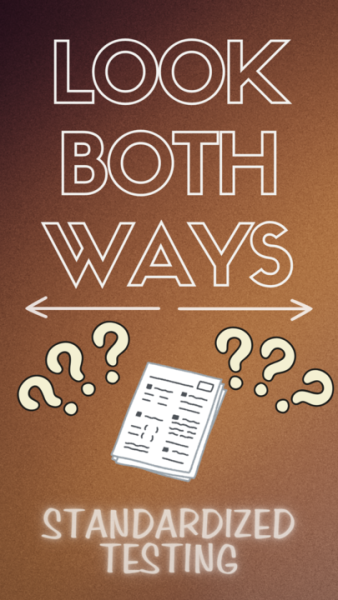In Focus: What are your thoughts on campus printing?
October 13, 2014
Marilou Terrones
The allocated amount of money for printing should be raised, especially because the amount of printing from students varies from major to major.
I consider myself poor because I need to save money for food and bills, among other things. It’d be nice to not have to worry about whether I have enough money on my OneCard to print out my English homework or math projects.
If the printing budget can’t be raised then every department should have at least one free printing station. Students should be helped with their education.
Scott Glavac
The printing quota for students is sufficient for essays and other assignments but not much else.
If students needed to print out a paper or other types of written assignments, $7 is a perfectly reasonable amount for the current printing rate.
Yet, as an English major I have readings that professors like to have printed and brought to class. Printing these readings can be lengthy and deplete the printing budget within weeks.
Professors should provide students free printing to assist with their classroom readings.
Mohammed Taha Faridi
Students who attended last year were allowed unlimited printing, but this privilege is slowly being taken from them.
It’s better to educate students about printing etiquette than to decrease the privileges for it. Many things have become paperless; however, NIU has not. Students still have to submit many assignments on paper.
The print quota system NIU has is not up to the printing needs of the students. Even if students cannot have unlimited printing for everyone, they should have a quota that’s raised to $15.
Carl Nadig
If the university and students want to save money then the campus needs to go paperless.
Professors need to adapt to technological advances by encouraging students to bring tablets and use their phones in classrooms. Since fall 2012, every student and professor has had access to Google’s Gmail and Drive — digital resources that allow users to share and review content. Use them.













